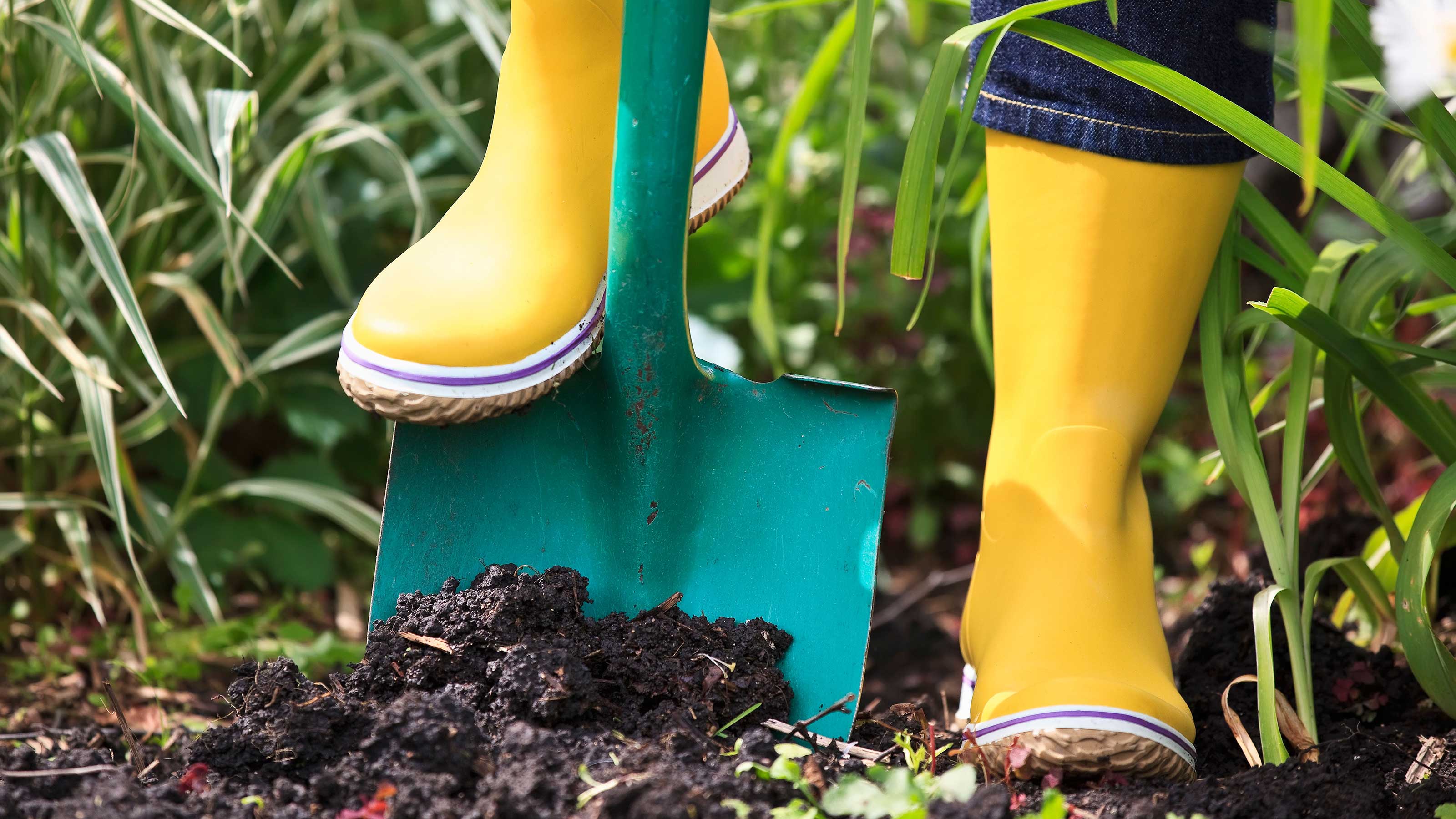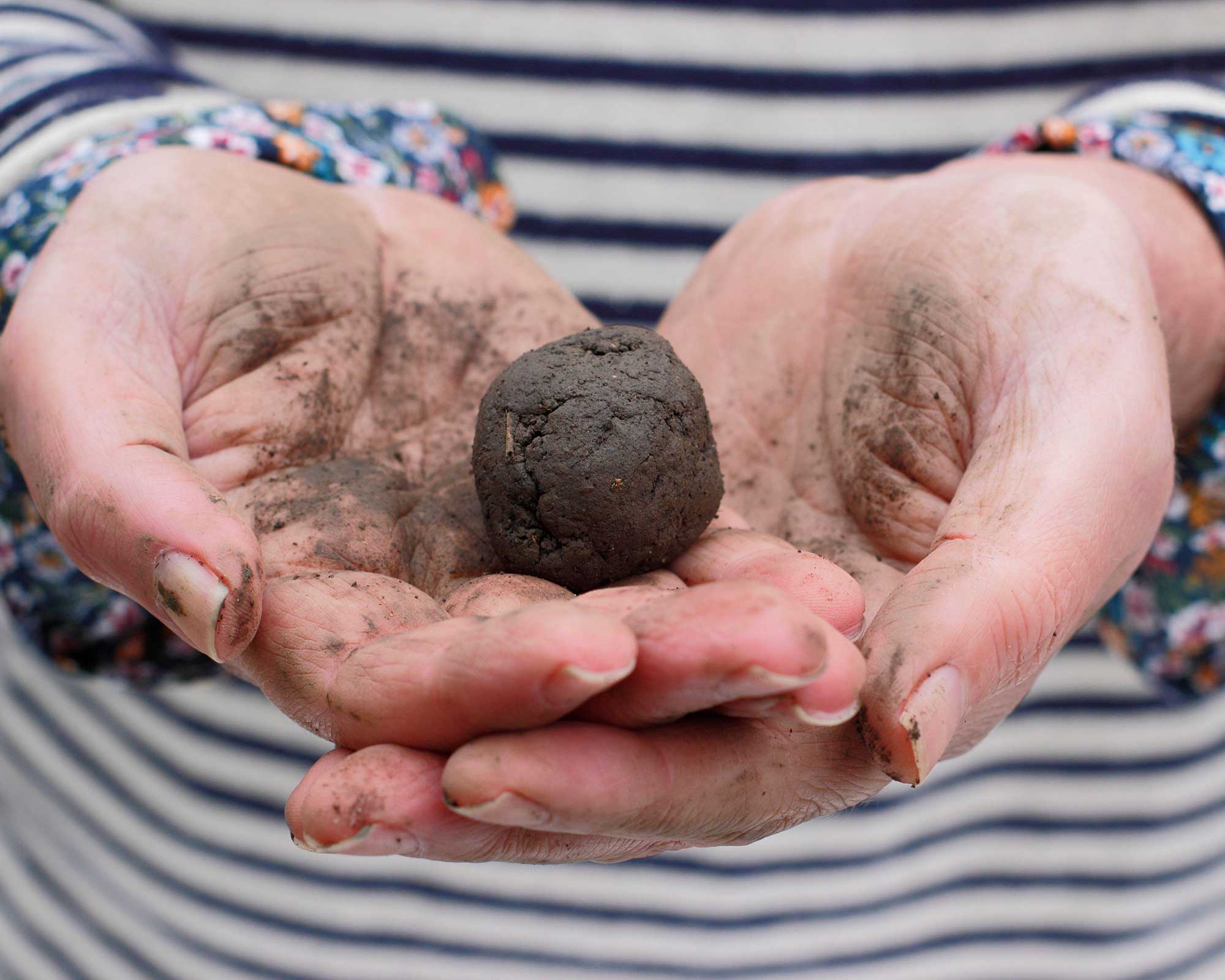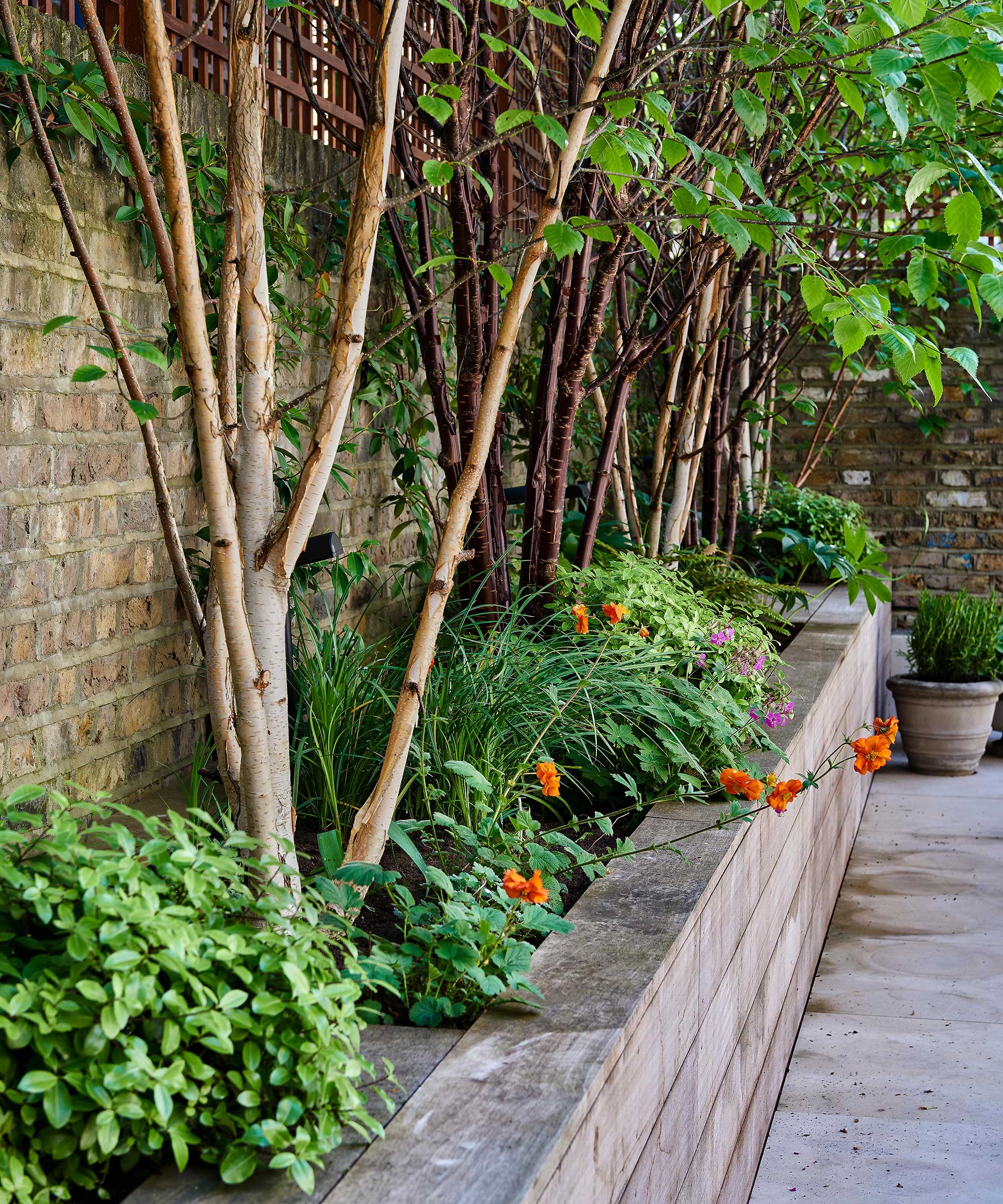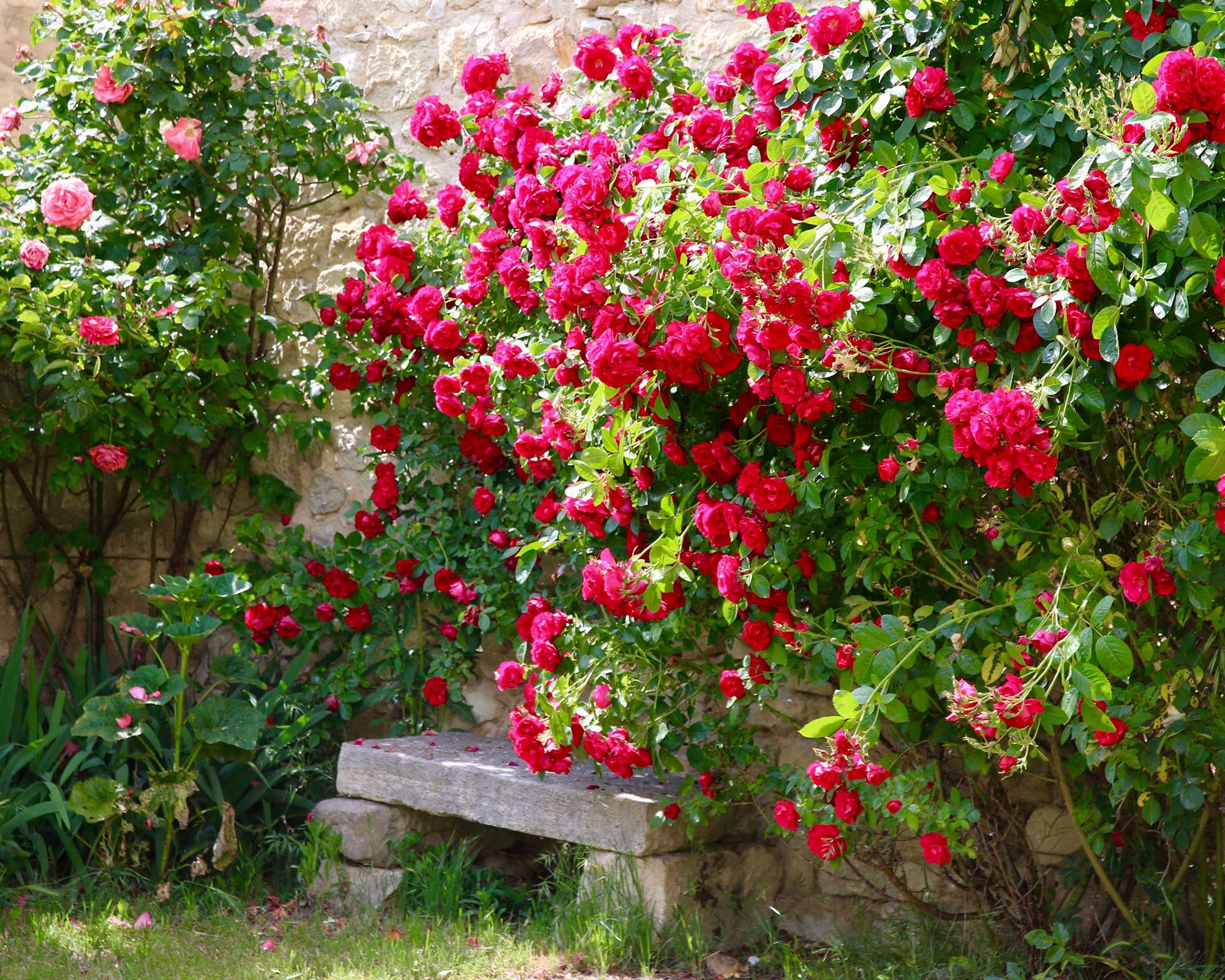Clay soil: top tips for gardening success on this type of ground
Do you have clay soil in your backyard? It's notoriously tricky to work with – but our advice will help


Are you trying to build borders and flower beds on clay soil? This heavy type of earth can be prone to waterlogging and compaction, which can make your growing endeavors difficult. Digging can be a real labor of love, especially in winter wet. And come summer, it can bake into a solid, dry mass that's prone to cracking.
There are, however, a few nifty tricks that will make your life easier when gardening on this type of soil. And once you've made the texture more suitable for planting, you'll be sure to reap the rewards. After all, clay is rich in nutrients and, according to the RHS, can accommodate a range of trees, shrubs, and perennials.
What is clay soil?
As mentioned above, clay soil can be hot and dry in summer, and excessively wet in winter, which makes garden drainage tricky. And it becomes particularly compacted and muddy if walked on when wet, which can be problematic for lawns.
Another characteristic of clay soil is that it stays colder for longer – when compared to others – after the cooler months. This means new plant growth can be delayed.
Not sure if you've got this type of soil in your garden? Try picking up a small section in your hands. When moist, clay feels sticky and dense, and can be rolled into a smooth ball or sausage shape without cracking, explains the RHS.

How to make clay soil easier to work with in the garden
The best way to make gardening on clay soil easier is to work in liberal amounts of well-rotted garden compost or manure, advises John Negus, a gardening expert from Amateur Gardening. 'Do this annually,' he adds. The worms will take this down into the soil, helping to reduce compaction. Mulching can also be beneficial, but leave a gap around the stems of your plants to prevent it from rotting them.
'Additionally, add fine-grade pea shingle to open it up and warm it,' he says. You can also use course grit – two buckets per square meter.
You can also buy soil conditioners specifically for clay in garden centers. Some gardeners use garden lime to make clay more workable, but 'do so only if soil tests reveal it is very acid and you are not growing heathers, rhododendrons or any other ericaceous (acid-loving) plants,' John continues. 'It is best to apply in autumn as it will then help break down the clay over winter, making it easier to plant or sow in spring.'
Another top tip: if you're working on dug-over clay ground in wet conditions, lay down planks to walk on to help prevent damage to the soil structure.
Of course, if you don't fancy taking the steps to improve your clay soil, you can make life easy by installing some raised garden beds, which you can fill with garden compost and a lighter, more workable soil. Likewise, you could switch to container gardening, instead.

What plants are best for clay soil?
Picking plants for clay soil is easier than you might think, as once the texture is improved, many will flourish. Just be sure to plant them when the soil is dry and warmed.
Try growing roses for their beauty and scent, which will suit the soil conditions. Other shrubs that tend to do well include hydrangeas and fuchsias. Spring bulbs will also thrive, as will many trees – the RHS suggests Japanese maples and birches.
You can also look for those described as liking moist, fertile conditions. Iris pseudocorus or yellow flag iris is a good pick, while arum lilies are happy in boggy soils. Dogwoods are perfect for heavy clay, and other top choices include astilbe, aster (including symphyotrichum), clematis, hosta, mahonia, peony, persicaria, rudbeckia, and viburnum.
The RHS notes that annuals and bedding plants are less easy to grow on clay, due to the frequent sowing, planting, and dividing that they need.

How can you get more worms in your clay soil?
'Worms will multiply in your clay soil if you top it with organic matter – well-rotted garden compost or old manure or a proprietary soil conditioner,' says John Negus.
'This will also improve the texture of your clay and make it easier to cultivate.'

The garden was always a big part of Holly's life growing up, as was the surrounding New Forest where she lived. Her appreciation for the great outdoors has only grown since then. She's been an allotment keeper, a professional gardener, and a botanical illustrator – plants are her passion.
